Although allies of convenience during the Second World War, the Soviet Union and the United States entered into a period of tension from the end of the war until approximately 1991 when the Soviet Union dissolved.
The cold war can be characterized by nuclear weapons (Mutually Assured Destruction), Eastern Bloc (USSR) versus Western Bloc (North Atlantic Treaty Organization), indirect conflict (espionage, propaganda, embargos and even sports), and proxy wars.
Nuclear Weapons: The war on Japan was concluded with the US dropping two nuclear bombs on Japan. The Soviet Union conducted its first successful nuclear test on 29 August 1949. The US raised the stakes with the first hydrogen bomb in 1 November 1952 which the Soviet Union matched on 22 November 1955. This period also saw a very large “Arms Race” between the two antagonists with other countries joining in such as the UK (1952), France (1960), China (1964), India (1974), Pakistan (1998) and North Korea ((2006). Israel is presumed to have nuclear capabilities but has not declared possession of such weapons. By the 1960’s both the US and the USSR had enough nuclear weapons to destroy each other not just once but several times over. Submarines gave both parties a “second strike” option where, even if attacked and wiped out, there was enough undersea ordnance to obliterate the other. This lead to a policy of Mutually Assured Destruction (MAD) whereby both sides understood that there was no first strike option to which the other side would not retaliate.
NATO and USSR: The cold war broke down geopolitically along the lines of control by the end of the Second World War. Countries that were either on the Allied side or held by the Allies at the end of the war joined the North Atlantic Treaty Organization (NATO). Similarly, countries that were a part of the USSR or held by the USSR; joined the Warsaw Pact.
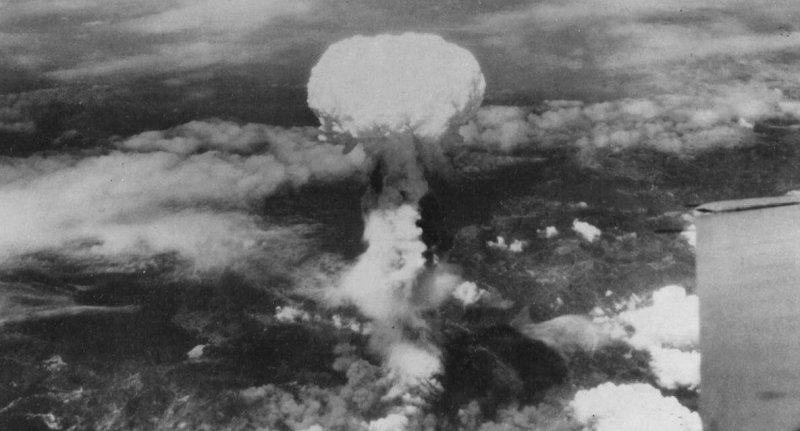

Canadian Armoured Fighting Vehicle School at Borden
When called to active service in 1939, CAFVS had a total manning of 39.
The Commander (Lr-Col F.F. Worthington) received unofficial aid from a small group of gentlemen who called themselves the Armoured Force Association. They included W. Lockhart Gordon (future Ministry of Finance) and R.S. (Sam) McLaughlin (Founder of GM Canada in Oshawa).
These men funded the acquisition of not just radios and other equipment from the US. They also arranged for School instructors to go for private instruction at the automobile factories under the car companies best mechanics. They also funded the Borden mess with electric devices such as dishwashers and peelers.
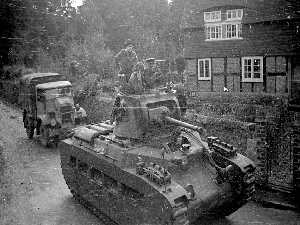
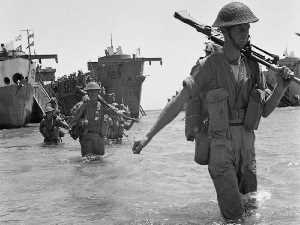
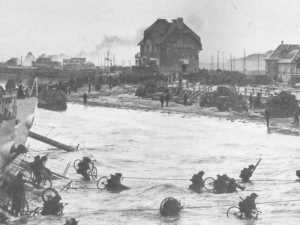
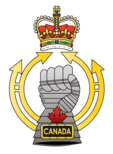
By using this site, you agree to our terms and conditions.
Terms and Conditions.
Copyright
Contact us by email.
© 2020 Royal Canadian Armoured Corps Association
